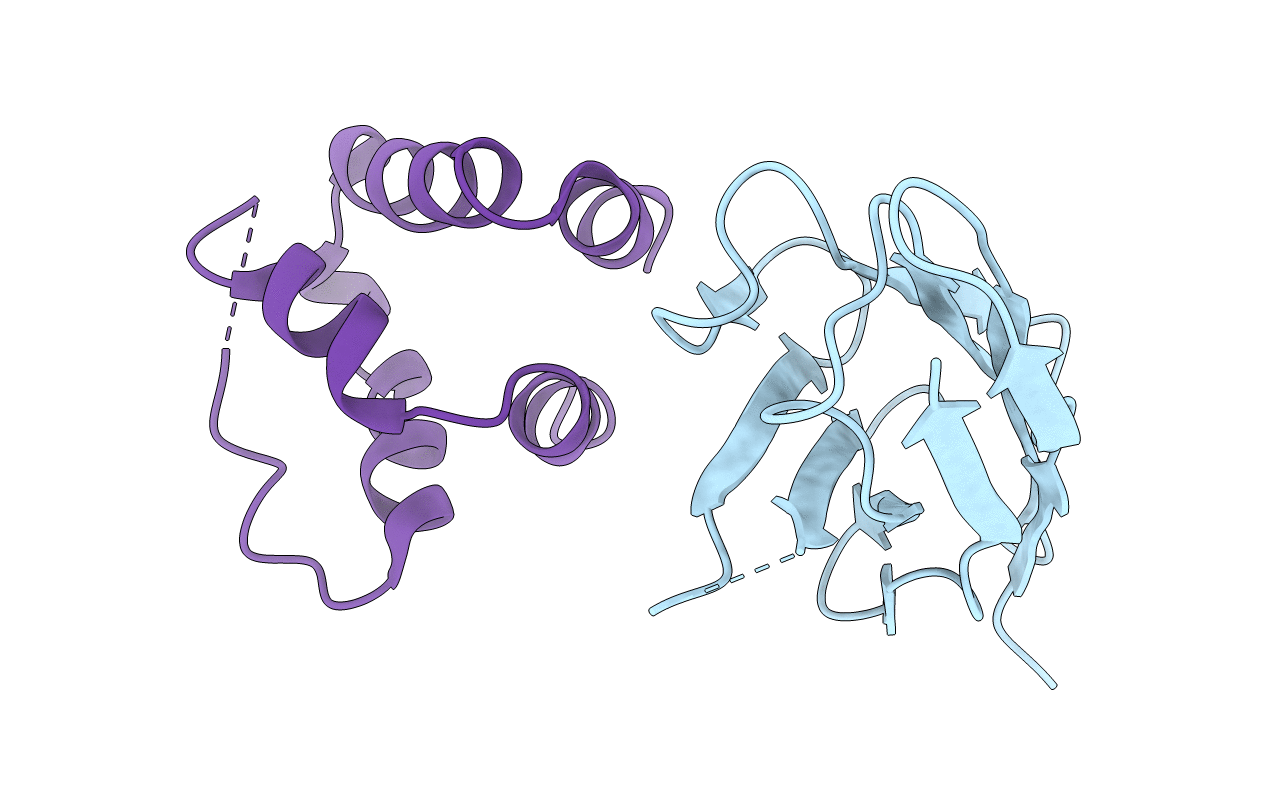
Deposition Date
2015-12-23
Release Date
2016-04-06
Last Version Date
2024-10-16
Entry Detail
PDB ID:
5H8O
Keywords:
Title:
Crystal structure of an ASC-binding nanobody in complex with the CARD domain of ASC
Biological Source:
Source Organism:
Lama glama (Taxon ID: 9844)
Homo sapiens (Taxon ID: 9606)
Homo sapiens (Taxon ID: 9606)
Host Organism:
Method Details:
Experimental Method:
Resolution:
4.21 Å
R-Value Free:
0.35
R-Value Work:
0.29
R-Value Observed:
0.30
Space Group:
P 1 2 1


